Buying a new car feels great—until you realize how quickly it loses value. Here are 18 reasons why your new car really does depreciate the second you leave the dealership.
1. Immediate Depreciation

Image Credit: Shutterstock / Rawpixel.com
The minute you drive off the lot, your new car loses about 10% of its value. This happens because the car is now considered “used” by the market.
2. Manufacturer’s Suggested Retail Price (MSRP) Markup

Featured Image Credit: Shutterstock / Pressmaster
Dealers often sell cars at or above the MSRP, a figure that includes a hefty profit margin. The true market value is usually lower, leading to an instant drop in worth once purchased.
3. Sales Tactics and Add-Ons

Image Credit: Shutterstock / BalanceFormCreative
Dealerships frequently push high-margin add-ons like extended warranties and rust-proofing, which add little to no actual value to the car. These extras inflate the initial cost, further exacerbating depreciation.
4. Overproduction and Incentives

Image Credit: Shutterstock / fizkes
Car manufacturers often produce more vehicles than the market demands, leading to discounts and incentives to clear inventory. Buyers may feel they are getting a deal, but overproduction drives down resale values.
5. Rapid Technological Advancements

Image Credit: Shutterstock / 4 PM production
With rapid advancements in technology, today’s cutting-edge features can become obsolete quickly. This obsolescence reduces the appeal and value of your car within just a few years.
6. Dealer Tricks with Trade-Ins

Image Credit: Shutterstock / Prostock-studio
Dealerships often undercut trade-in values to maximize their profit margins. The trade-in vehicle’s value is typically much lower than its actual worth, setting you up for a double loss when buying a new car.
7. Loan and Financing Pitfalls

Image Credit: Shutterstock / Korawat photo shoot
Dealerships make significant profits from financing arrangements. High-interest rates and long loan terms can leave buyers owing more than the car’s depreciated value.
8. Rapid Wear and Tear
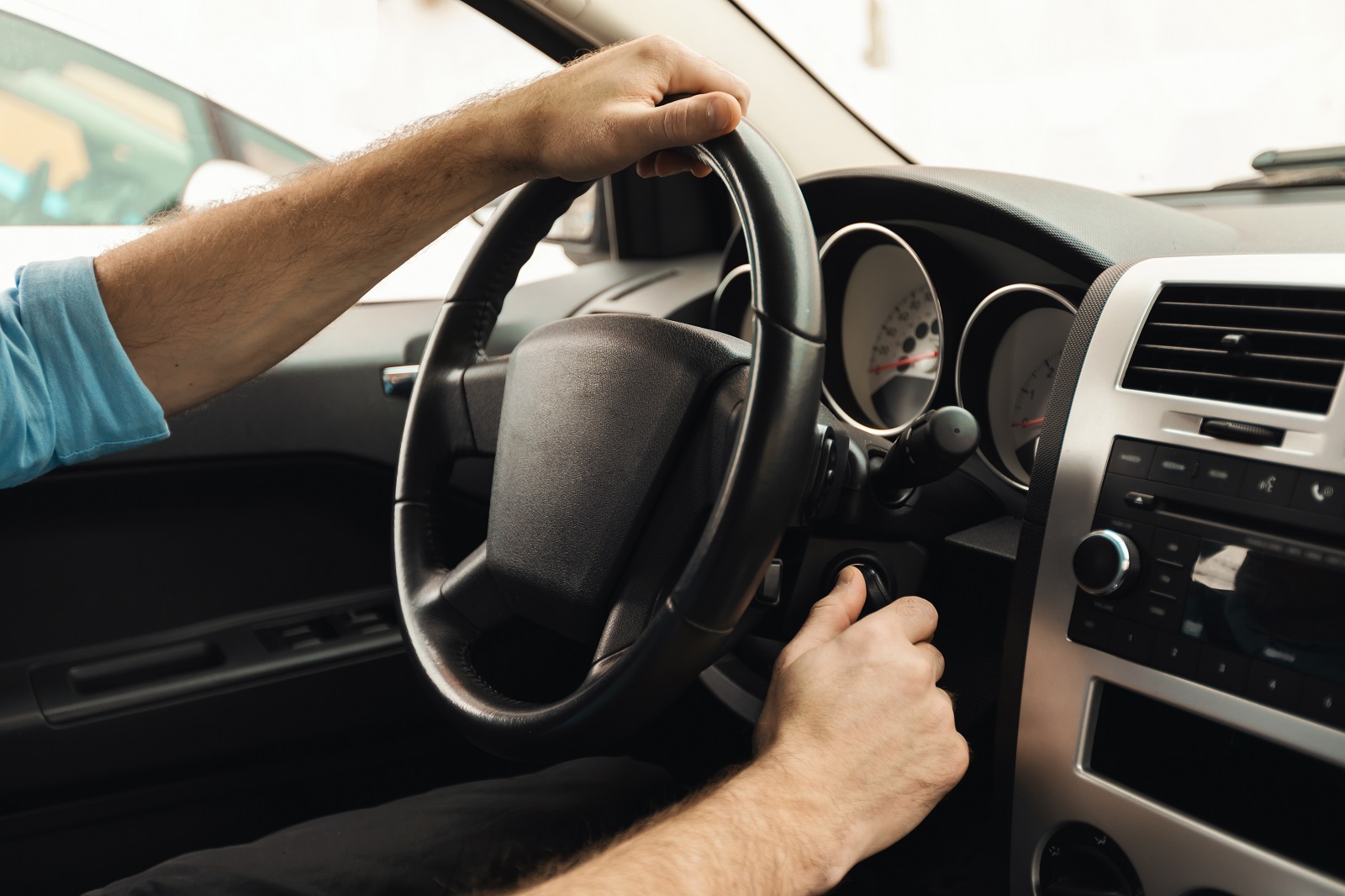
Image Credit: Shutterstock / Prostock-studio
Every mile driven and every day owned contributes to wear and tear, reducing the car’s value. This natural degradation starts immediately and is accounted for in depreciation calculations.
9. Insurance Costs and Depreciation

Image Credit: Shutterstock / SaiArLawKa2
Insurance premiums are often based on the car’s initial purchase price, but in the event of an accident, the payout reflects the depreciated value, leaving owners at a financial disadvantage.
10. Consumer Perception and Market Trends

Image Credit: Shutterstock / UfaBizPhoto
Consumer preferences can shift rapidly, driven by trends, fuel prices, and new model releases. What’s in demand today may not be desirable tomorrow, impacting the resale value of your car.
11. Hidden Fees and Costs

Image Credit: Shutterstock / LightField Studios
Dealerships often tack on hidden fees at the point of sale, including documentation fees, delivery charges, and preparation fees. These add to the initial cost without increasing the car’s value.
12. Dealer Incentives vs. True Value

Image Credit: Shutterstock / CrizzyStudio
Incentives such as cash rebates and low-interest financing can mask the true cost of a vehicle. While they seem beneficial, they can also indicate that the car’s market value is lower than its sticker price.
13. Overvaluation of New Car Smell

Image Credit: Shutterstock / Inside Creative House
The allure of a brand-new car often blinds buyers to the reality of its depreciating value. The premium paid for that “new car smell” fades much faster than the car’s actual value.
14. Leasing Tricks

Image Credit: Shutterstock / Supavadee butradee
Leasing options can be misleading, presenting seemingly low monthly payments while concealing the total cost of ownership. At the end of the lease term, the residual value can be shockingly low.
15. Depreciation Outpacing Loan Payments

Image Credit: Shutterstock / Ground Picture
In many cases, a car depreciates faster than the loan is paid off, leading to negative equity. This situation forces buyers to pay off a loan for a car that is worth much less than they owe.
16. Competitive Market Depreciation

Image Credit: Shutterstock / Crime Art
A highly competitive market with constant new releases accelerates depreciation. Each new model can make last year’s version less desirable, diminishing its resale value.
17. Initial Registration and Taxes
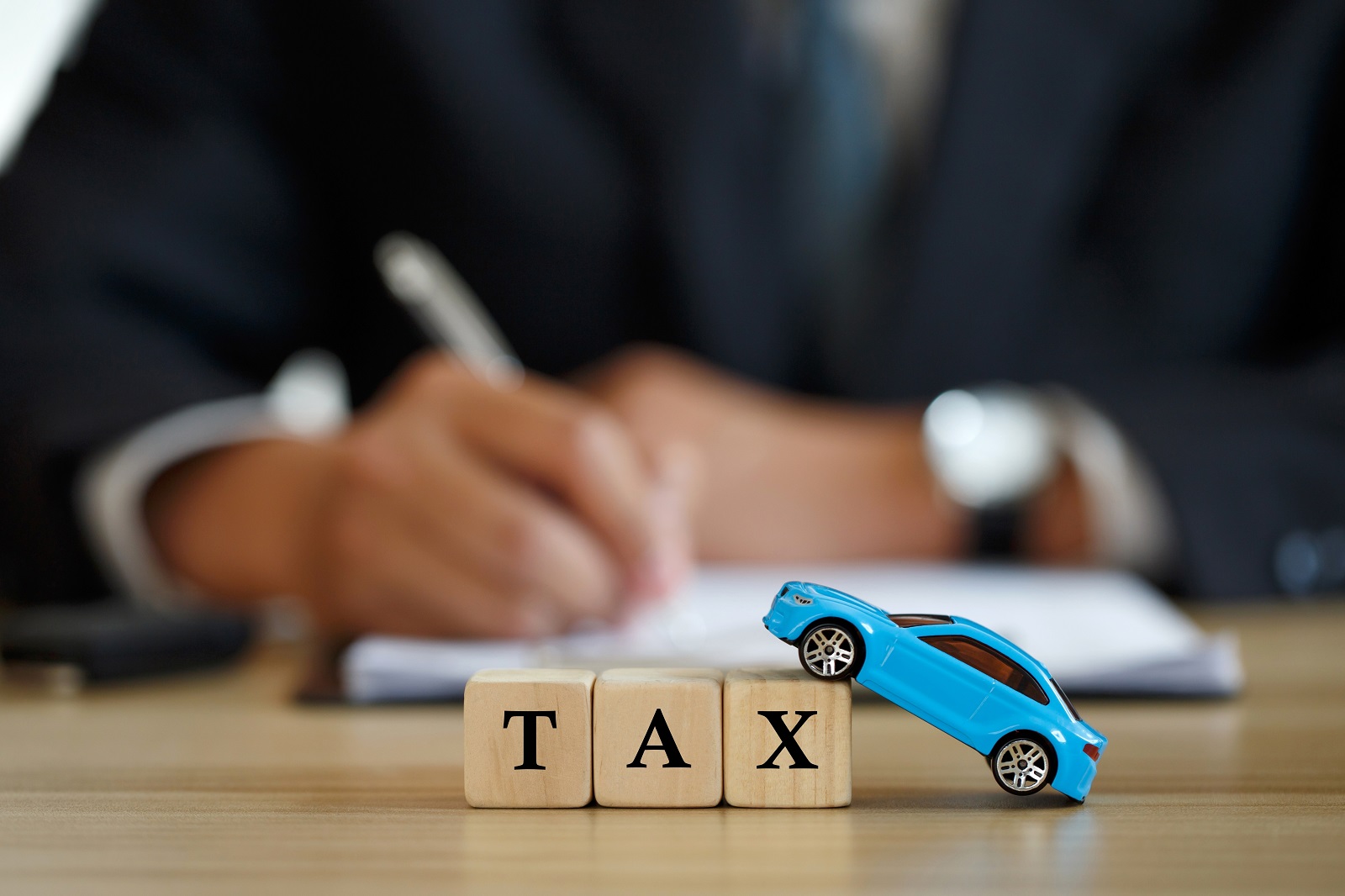
Image Credit: Shutterstock / chayanuphol
The initial registration and taxes paid on a new car add to its total cost but do not contribute to its resale value. These expenses are immediately sunk costs.
18. Misleading Warranty Promises
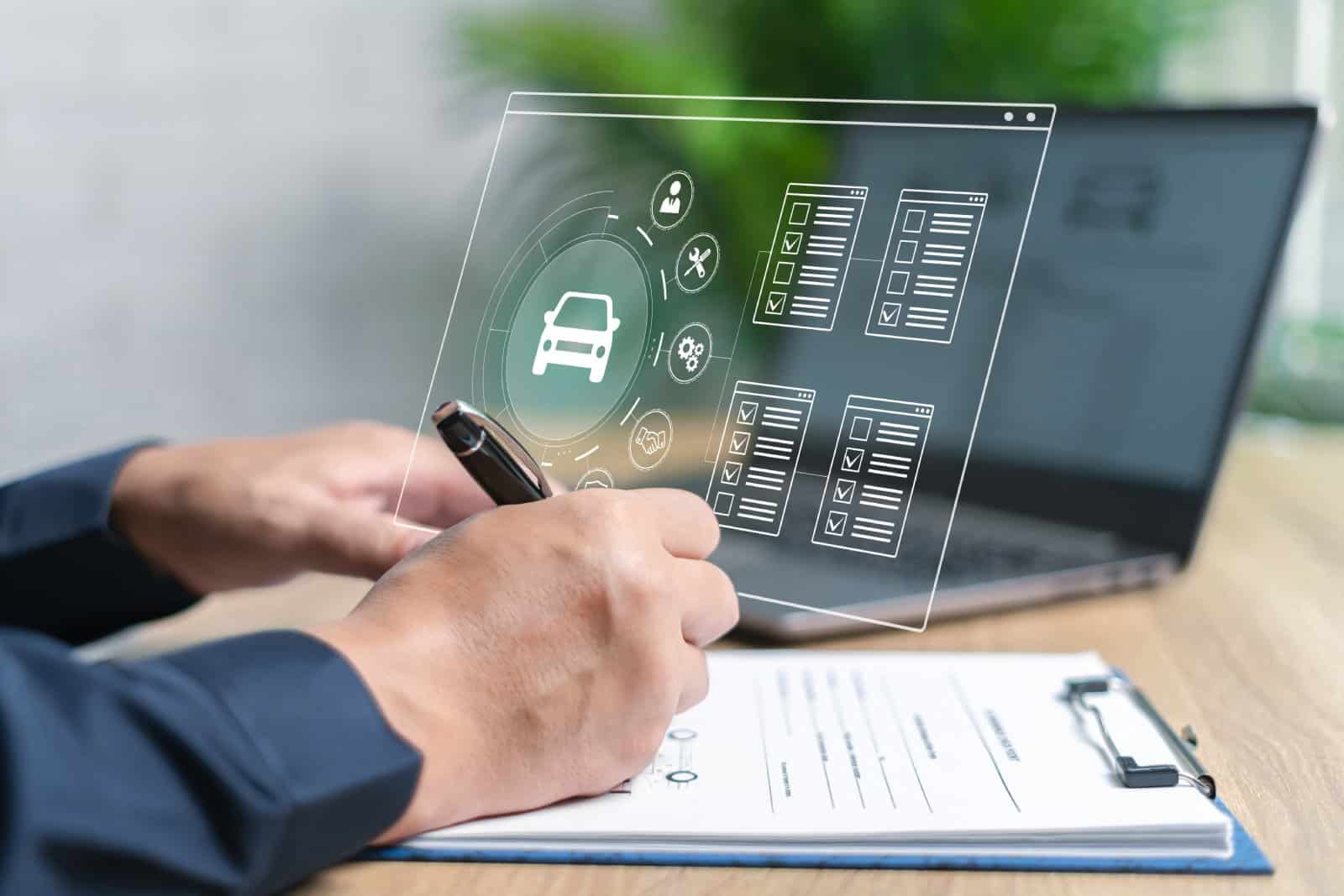
Image Credit: Shutterstock / NONGASIMO
Warranties often promise peace of mind but are limited by numerous exclusions and fine print. The perceived value added by warranties is often less than expected, contributing to the rapid depreciation.
Fool Me Once, Shame on You

Image Credit: Shutterstock / Prostock-studio
The auto industry’s practices around new car sales are designed to maximize profits, often at the consumer’s expense. Understanding these pitfalls can help buyers make more informed decisions and potentially save thousands of dollars. Don’t be fooled by the glossy showroom experience; the real cost of a new car starts to show the moment you drive off the lot.
Police Magnet: 7 Cars That Guarantee You’ll Get Pulled Over
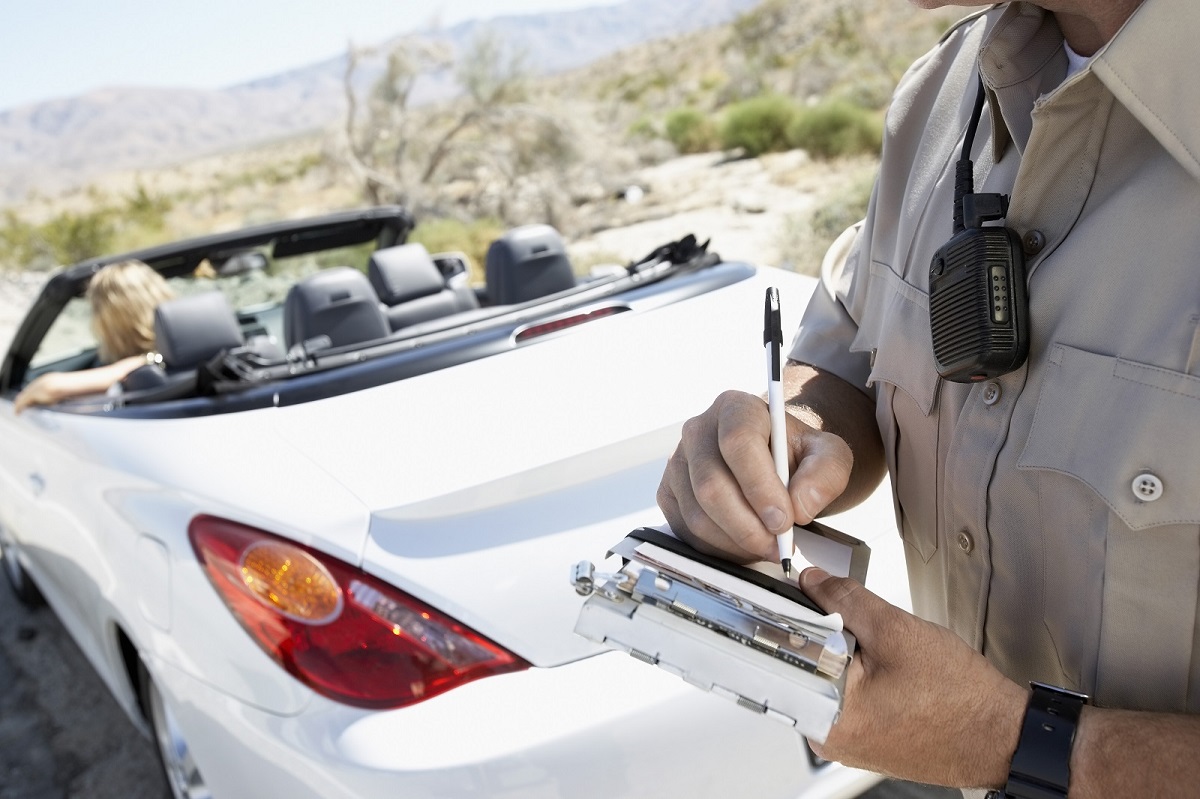
Image Credit: Shutterstock / sirtravelalot
Driving certain cars can make you more noticeable to law enforcement, even if you’re abiding by all the rules. Are you driving one of these “police magnets”? Here are seven cars that seem to attract more police attention than others. Police Magnet: 7 Cars That Guarantee You’ll Get Pulled Over
The Classic Cars That Were Total Clunkers
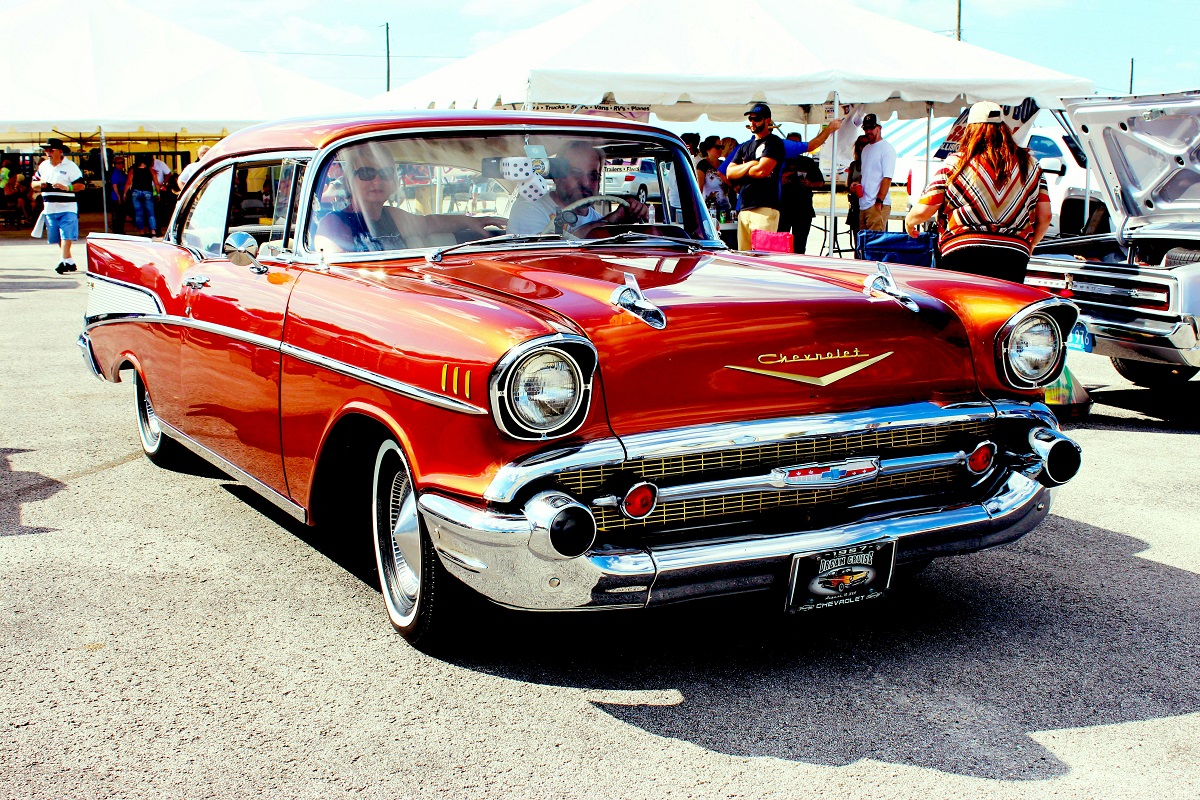
Image Credit: Pexels / Pixabay
Nostalgia has a funny way of making the past seem better than it was, especially when it comes to cars. But here’s the hard truth: some of those “classic” cars your dad raves about were real clunkers. Here’s a closer look at why some of those so-called “classics” weren’t all they were cracked up to be. The Classic Cars That Were Total Clunkers
The Worst U.S. Cars Ever Made: A Retro List
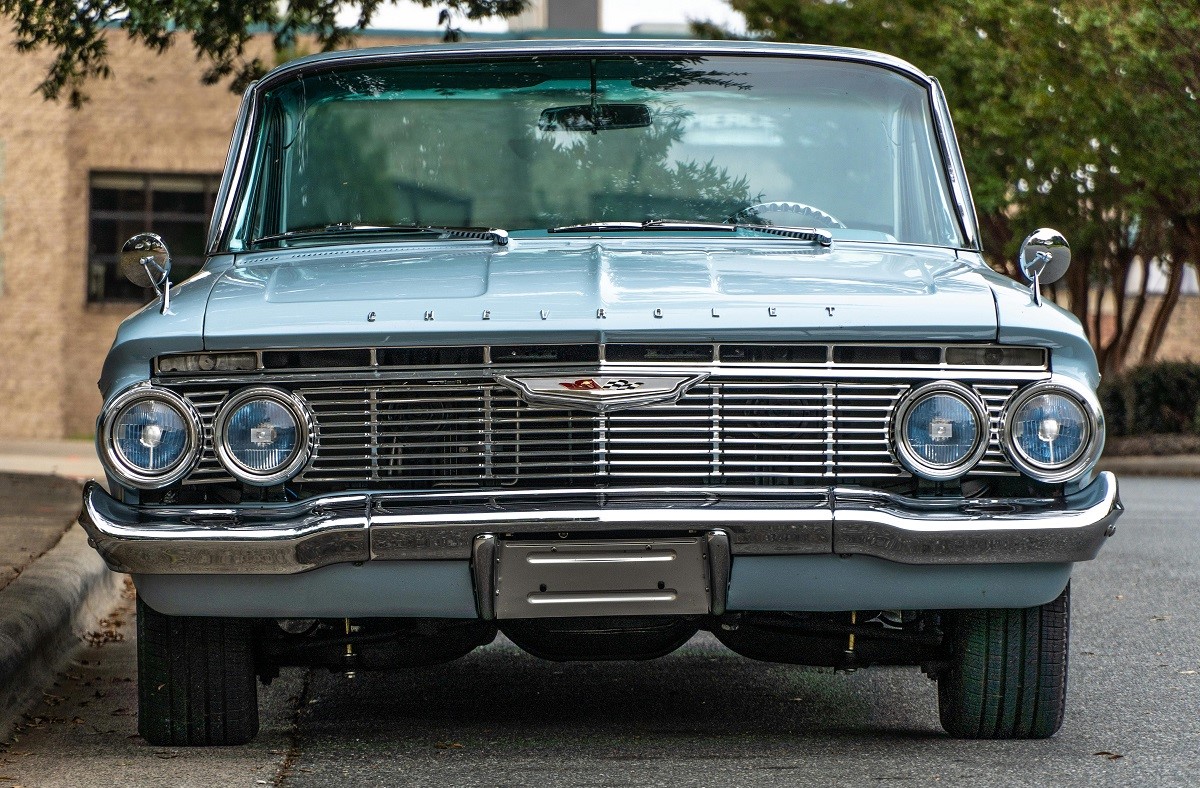
Image Credit: Pexels / Be The Observer
The U.S. auto industry has produced some incredible vehicles, but not every model was a hit. Here’s a look back at 16 of the worst cars ever made in the U.S., each infamous for its own unique flaws. The Worst U.S. Cars Ever Made: A Retro List
Featured Image Credit: Shutterstock / Kmpzzz.
For transparency, this content was partly developed with AI assistance and carefully curated by an experienced editor to be informative and ensure accuracy..
The images used are for illustrative purposes only and may not represent the actual people or places mentioned in the article.



